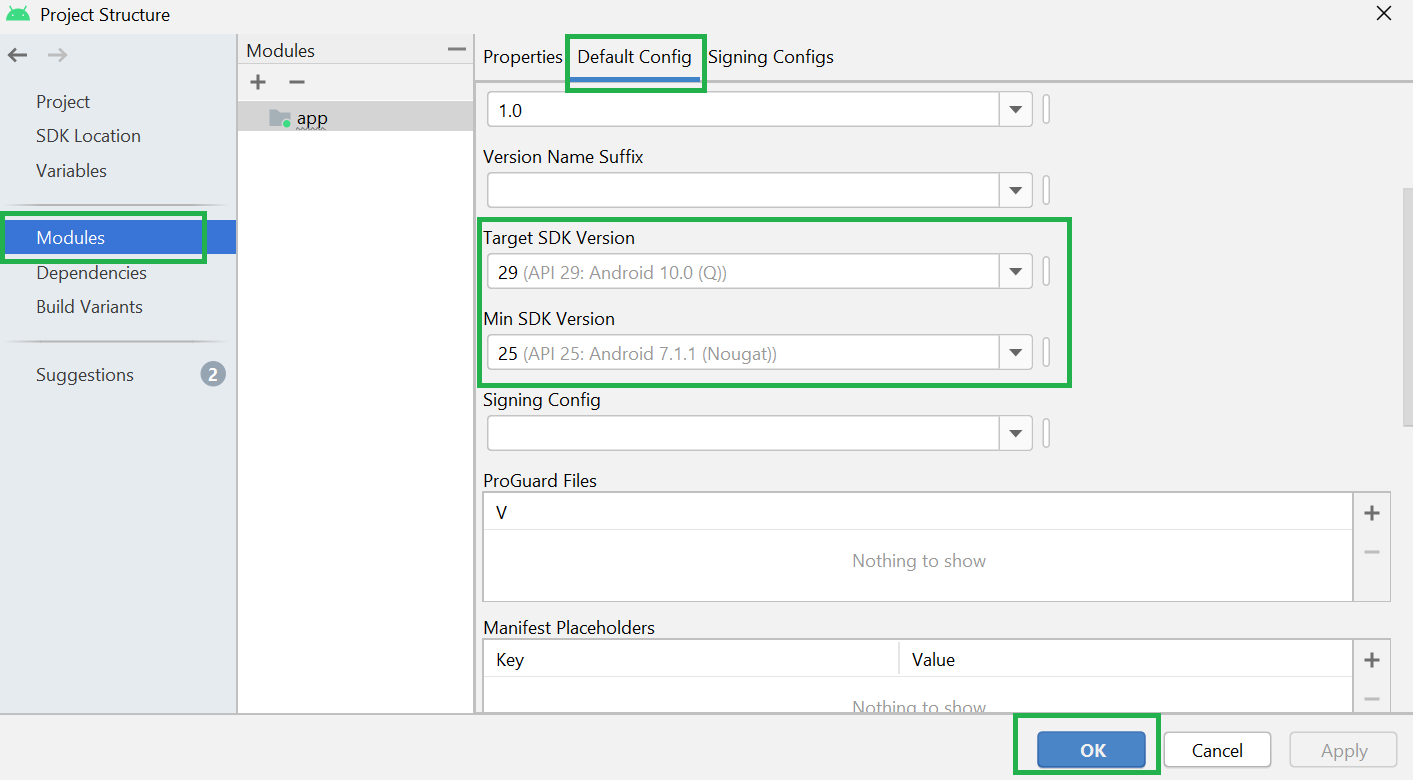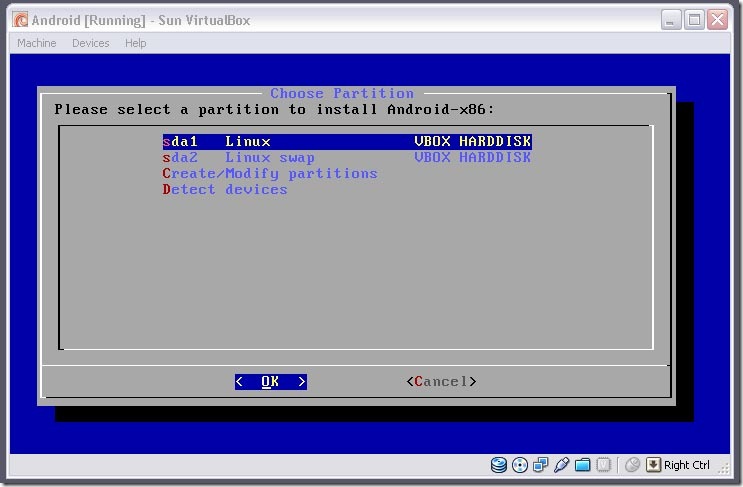



Once Anaconda has been successfully installed, establish a new virtual environment with the following command: C:\> conda create -n tensorflow pip python=3.7įinally, activate the virtual environment by executing: C:\> activate tensorflow Install Tensorflow GPU and Additional LibrariesĪn intensive Tensorflow object detection task requires massive NVIDIA Cuda GPU utilization, so issue: Additionally, a virtual environment that defines all essential Python paths and Tensorflow/project dependencies are necessary. All command line facets of this tutorial will be implemented on the Anaconda command prompt. The Windows Anaconda (version 5.3) with Python 3.7 can be easily downloaded here ( ). _ Anaconda Installation and Setting up a Virtual Environment Preparing Training Data and Generating.Jupyter Notebook Testing and Diagnosis of the Object Detection Library.Set Python Paths and Compile Protobuf Directory.Downloading both the Tensorflow Object Detection API Repository and tutorial repository ( EdjeElectronics’ Faster R-CNN Repository ).Install Tensorflow and associated library dependencies.Installing Anaconda and initiating a virtual environment.The most crucial components of this tutorial include: Overview The first bulk of this protocol will include testing still images through an OpenCV Python module, while the second half will deploy the frozen_inference_graph.pb on a prepackaged Tensorflow Android detector. This tutorial is a comprehensive and straightforward block-by-block process of implementing SSD Mobilenet towards the real-time detection of Pneumonia opacities.

Faster R-CNN provides higher accuracy while sacrificing immediate visualizations and real-time detections at high FPS on small-scale devices. Drawbacks become apparent in terms of real-time capabilities and broad precision/accuracy (i.e. More importantly, neural networks have diversified from models such as Faster R-CNN to another end of the spectrum such as SSD Mobilenet. The Tensorflow object detection API library and its model zoo have expanded to configure training and deployment on varying levels of scalability. Pneumonia Chest X-Ray with Rising Opacity in the patient’s right lung (University of Virginia Medical Department )


 0 kommentar(er)
0 kommentar(er)
